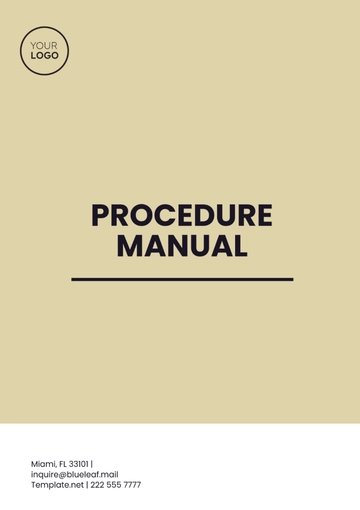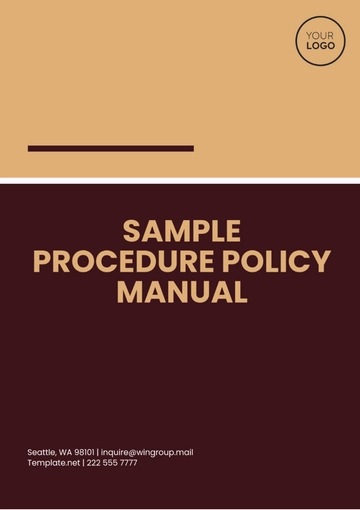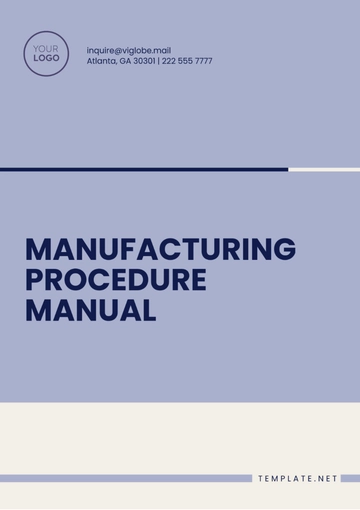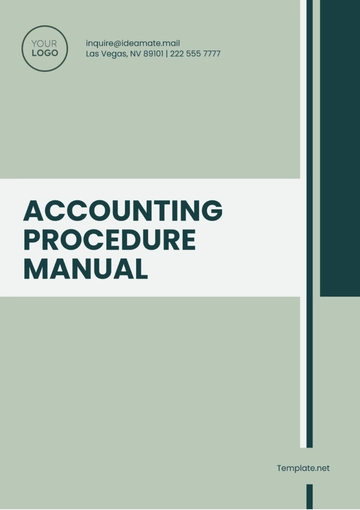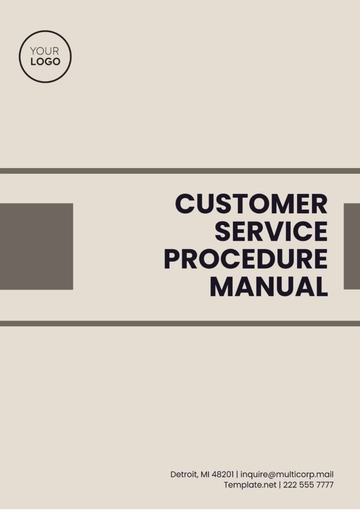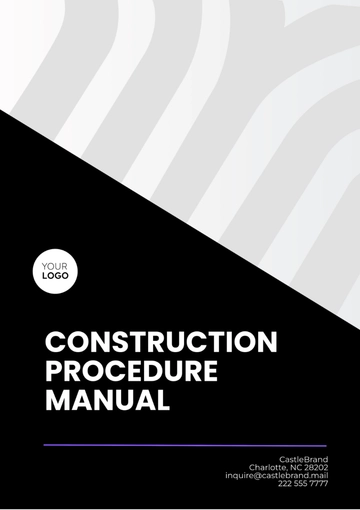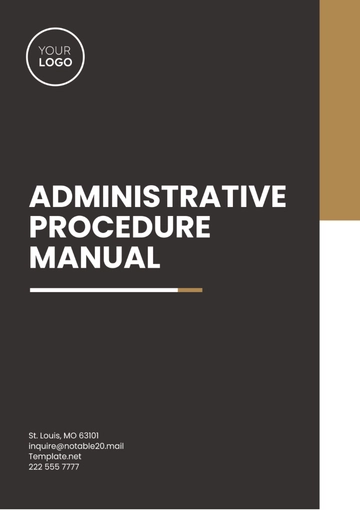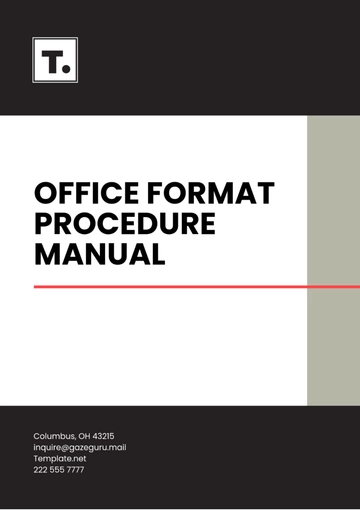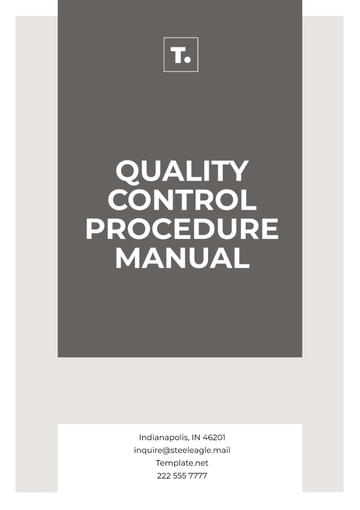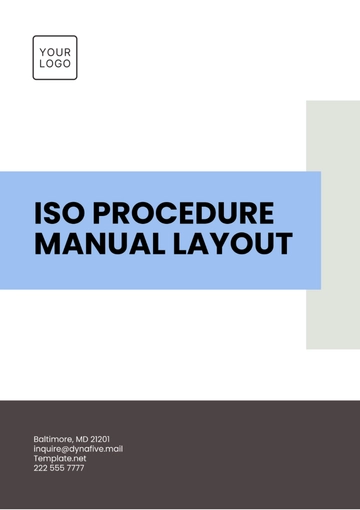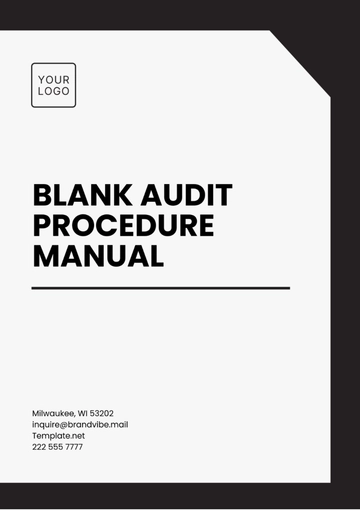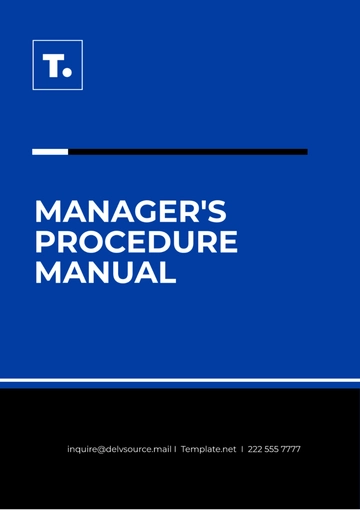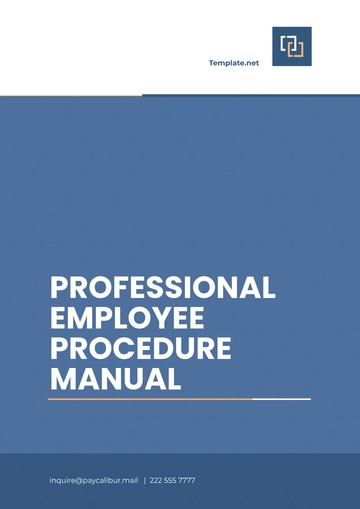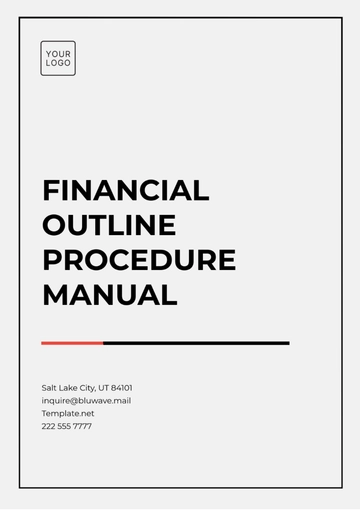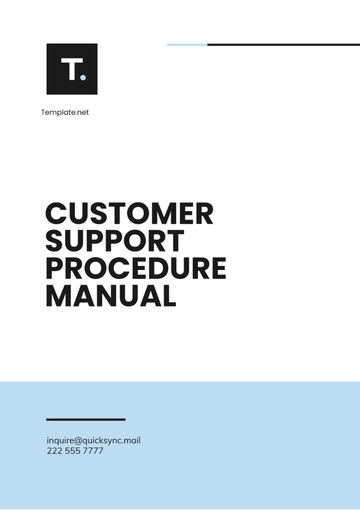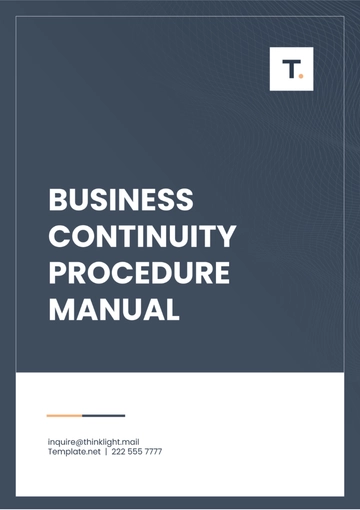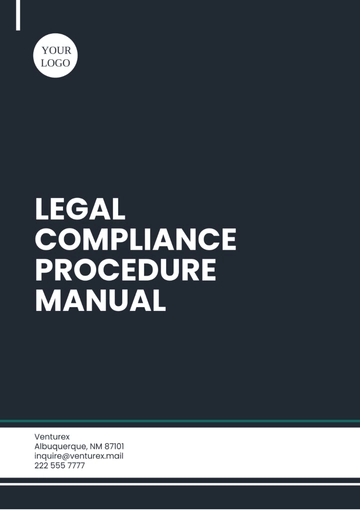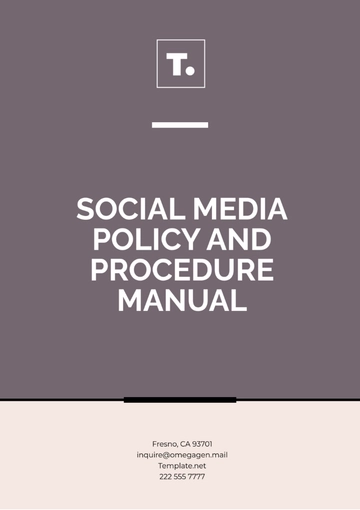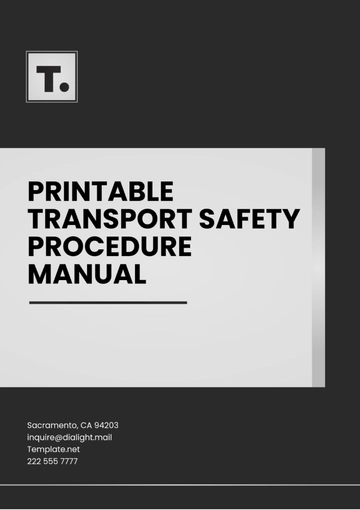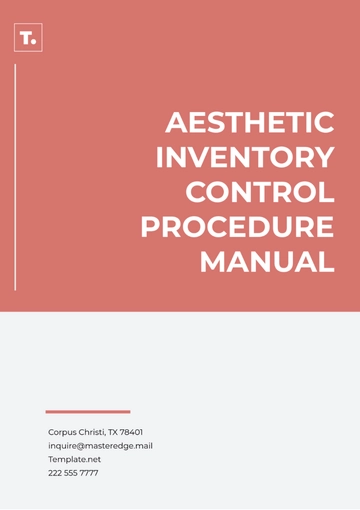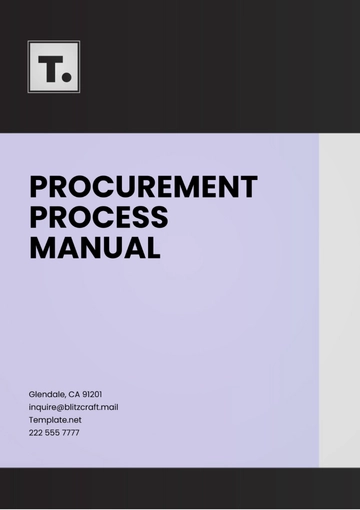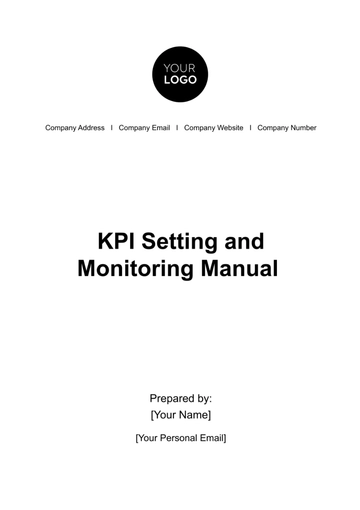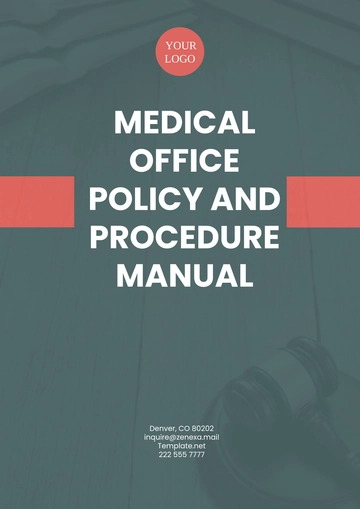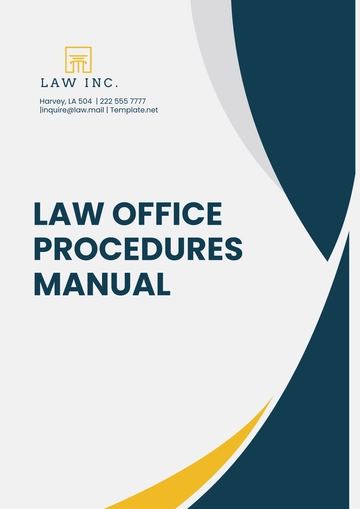Medical Laboratory Procedure Manual
Prepared by: [Your Name]
Date: July 1, 2060
I. Introduction
This Medical Laboratory Procedure Manual functions as an extensive and detailed resource designed specifically for all individuals working within the laboratory environment. It meticulously delineates the various protocols, processes, and standards that are required to be adhered to in order to guarantee the precision and accuracy of testing procedures. Furthermore, it emphasizes the importance of maintaining safety within the laboratory setting and ensures that all laboratory operations are in strict compliance with relevant regulatory requirements.
II. Scope
The procedures in this manual apply to all diagnostic testing performed within the medical laboratory. This includes clinical testing, microbiology, hematology, immunology, and other specialized services offered by the laboratory.
III. Standard Operating Procedures (SOPs)
The Standard Operating Procedures (SOPs) section details the step-by-step instructions for conducting laboratory tests, handling specimens, and processing results. These procedures are organized by test type and include preparation, execution, and post-testing activities.
A. Blood Collection and Handling
Preparation: Identify the type of blood sample required.
Collection: Use proper venipuncture techniques for accurate sample collection.
Transport: Ensure proper labeling and storage during transportation to prevent sample contamination.
B. Microscopic Examination of Specimens
Preparation: Prepare slides with the appropriate staining technique.
Examination: Use a microscope to examine the specimen for issues.
Documentation: Record findings and report results according to laboratory protocols.
IV. Safety Protocols
Safety is a top priority in the laboratory. This section outlines the measures to protect laboratory personnel from hazardous materials and ensure a safe working environment.
A. Personal Protective Equipment (PPE)
Gloves: Wear gloves at all times when handling samples or reagents.
Lab Coats: Wear lab coats to protect against spills and splashes.
Eye Protection: Use safety goggles or face shields when handling hazardous chemicals or samples.
B. Chemical and Biological Hazards
V. Equipment Maintenance
This section provides guidelines for the regular maintenance and calibration of laboratory instruments to ensure accurate test results.
A. Calibration Procedures
B. Cleaning and Sterilization
VI. Quality Control
A. Internal Quality Control
B. External Quality Assurance
VII. Regulatory Compliance
A. Accrediting Bodies
B. Documentation and Record Keeping
Test Logs: Keep precise records of all tests, including patient details and results.
Compliance Audits: Ensure records are available for regulatory inspections and audits.
VIII. Troubleshooting
A. Instrument Malfunctions
B. Test Result Discrepancies
Retesting: Repeat the test if the results are inconsistent or unclear.
Sample Quality: Verify that samples were collected, stored, and transported correctly.
IX. Conclusion
This Medical Laboratory Procedure Manual ensures that all laboratory procedures are performed with accuracy, consistency, and in compliance with regulatory standards. Following these protocols is essential for maintaining the laboratory’s reputation and ensuring the safety and well-being of patients.
Manual Templates @ Template.net

